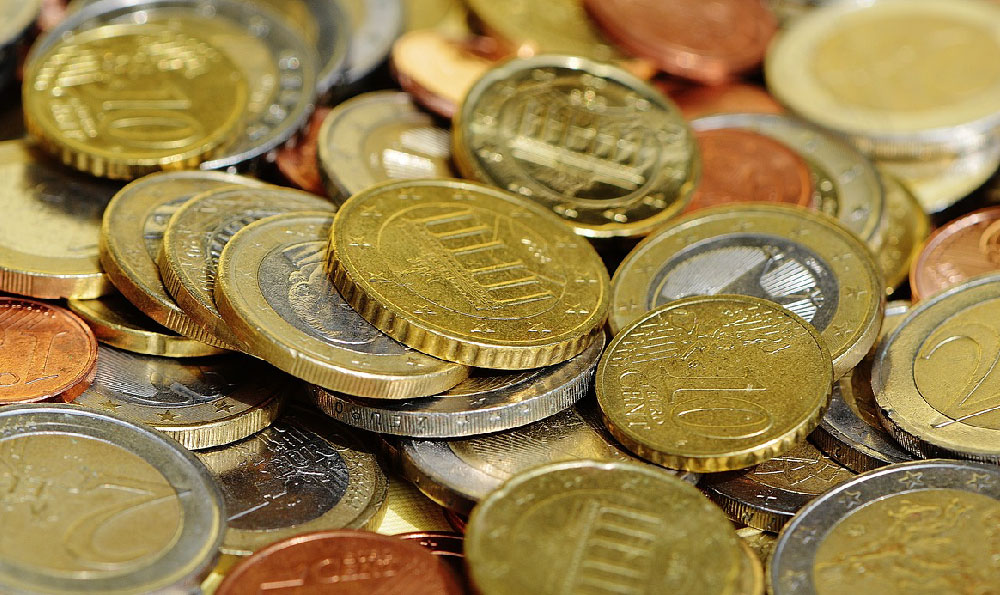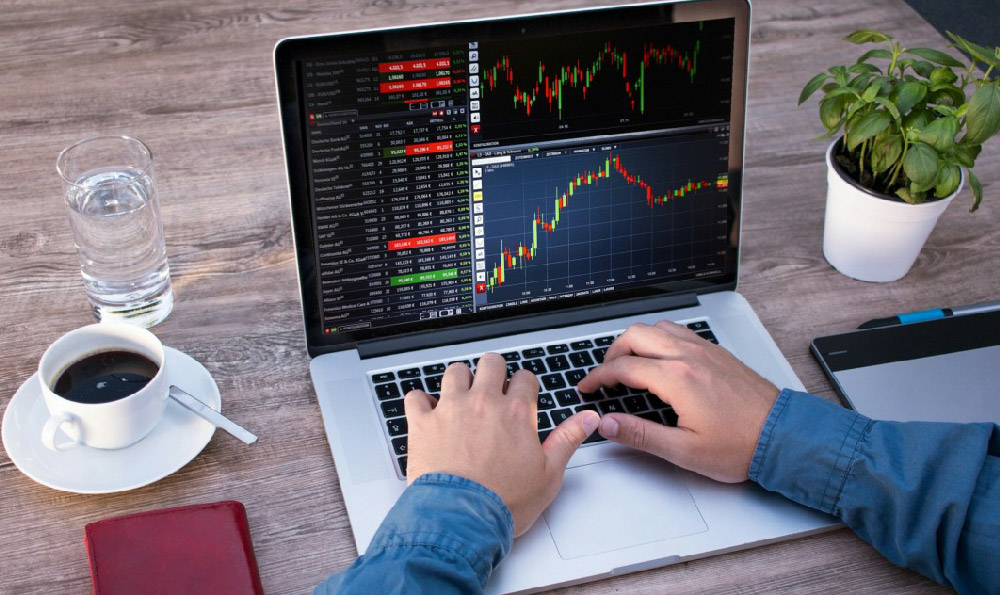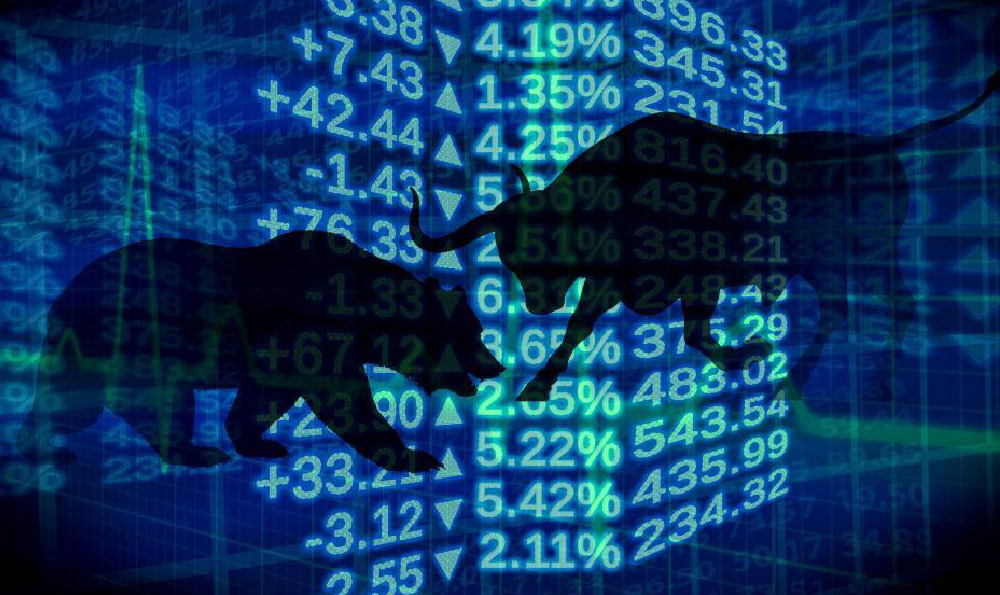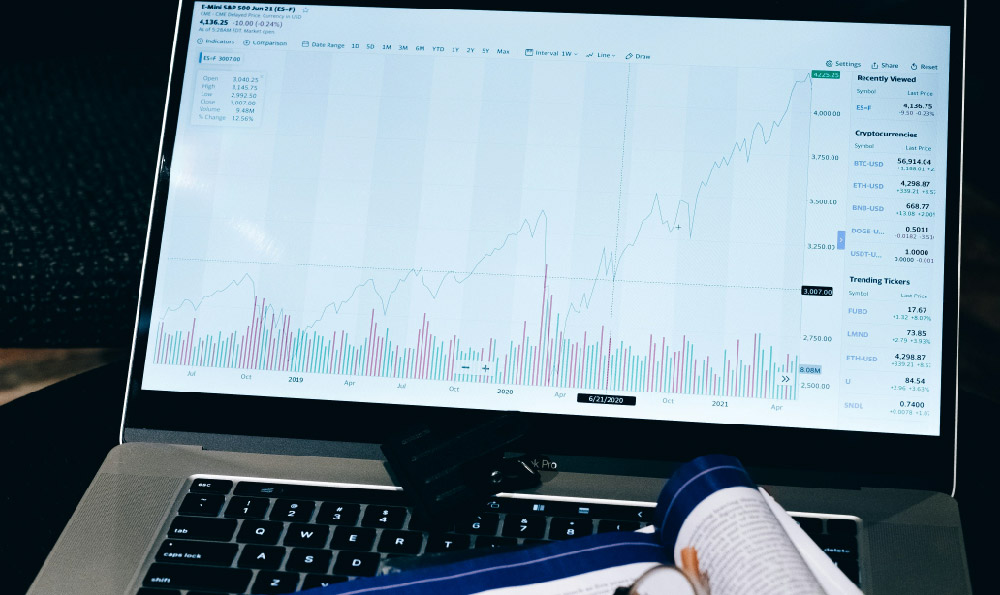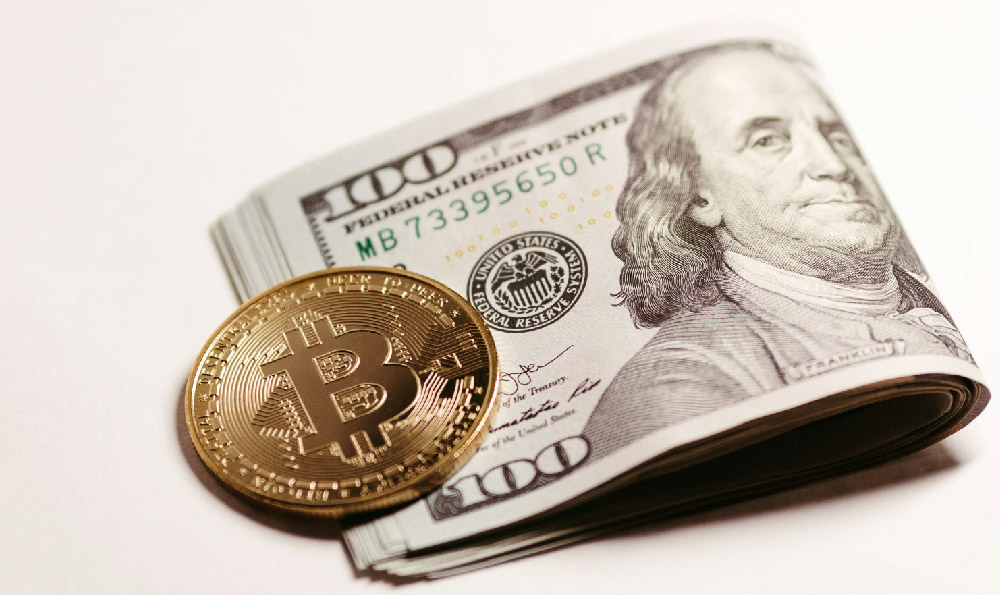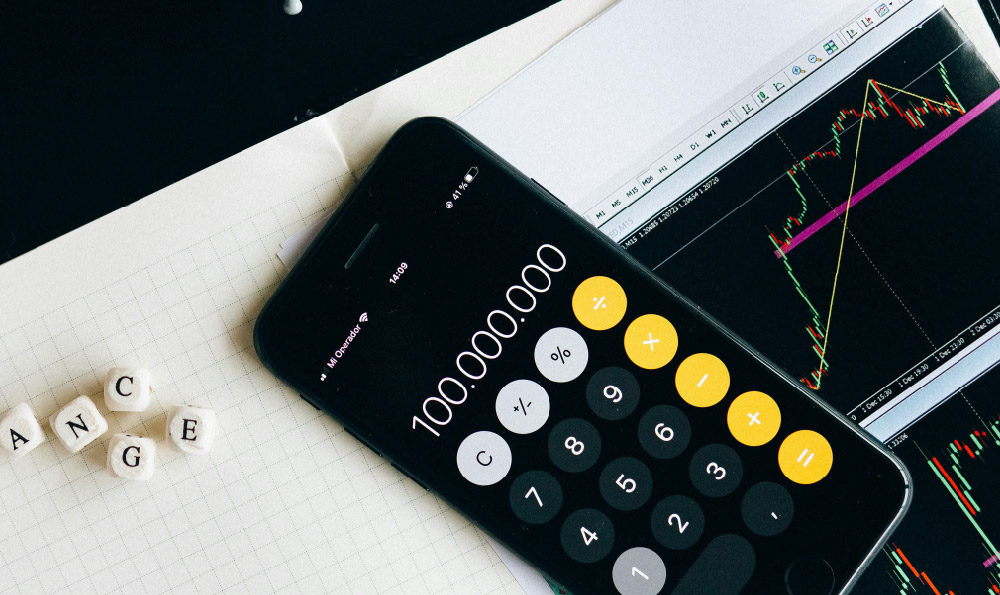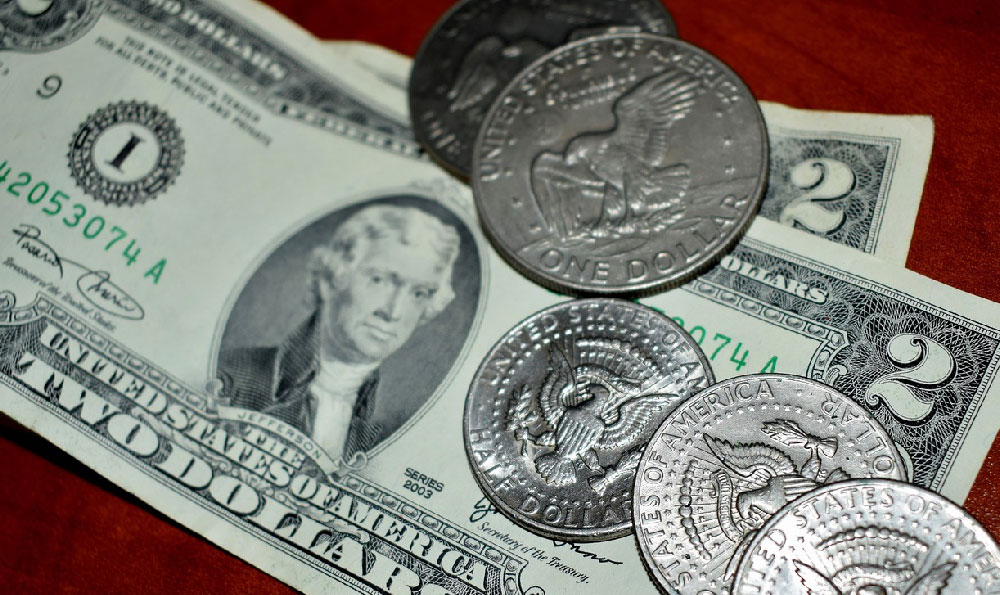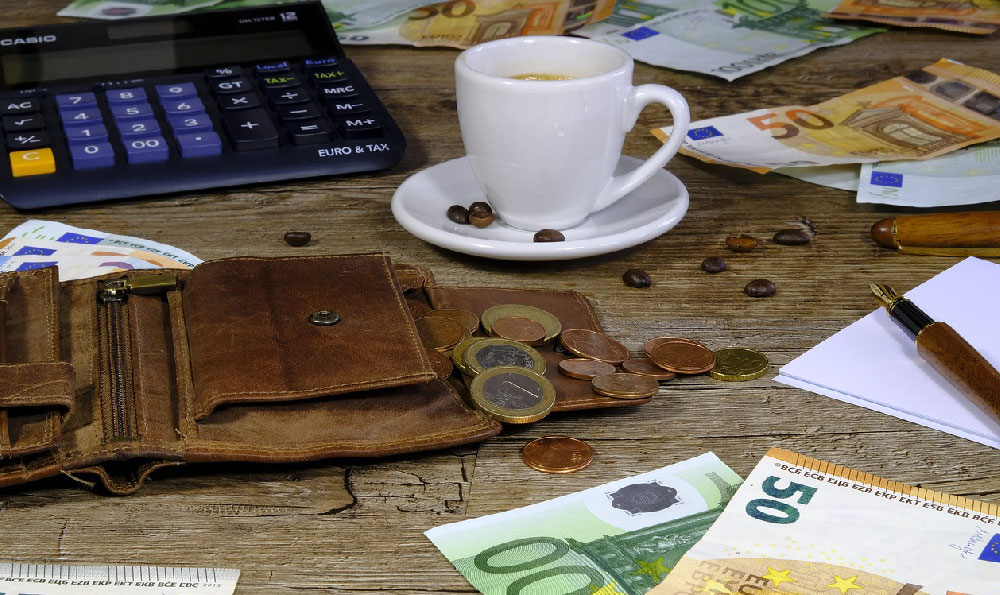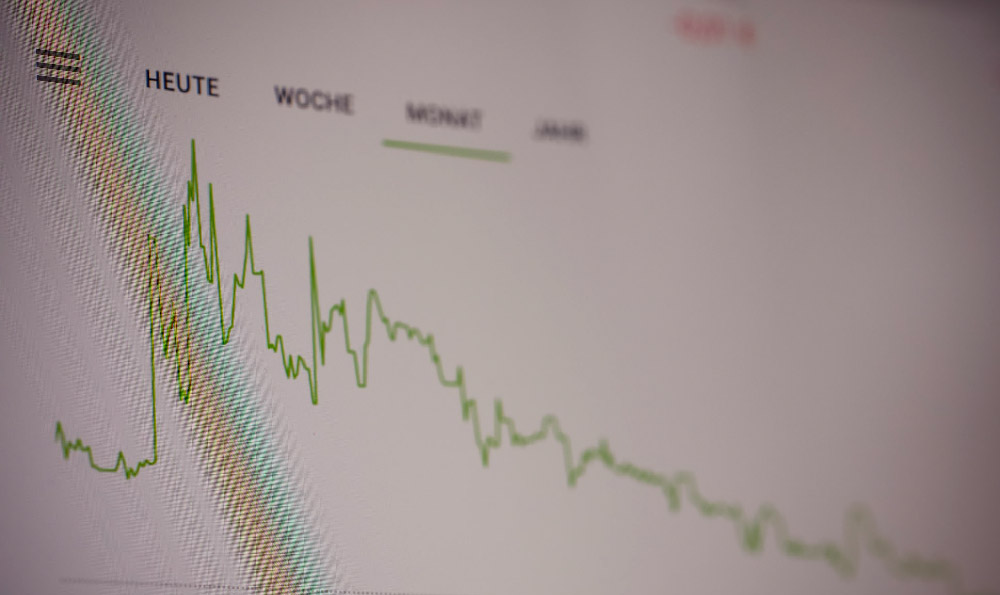Pablo Escobar, the name synonymous with drug kingpin and unparalleled wealth, amassed a fortune that remains staggering even decades after his death. Estimating the precise amount Escobar earned is a challenge, given the clandestine nature of his business. However, informed estimates place his peak annual revenue in the billions of dollars, with some sources suggesting figures as high as $30 billion per year in the late 1980s. Over his criminal career, the Medellín Cartel, which he co-founded and led, likely generated hundreds of billions of dollars.
The source of this immense wealth was, of course, cocaine. Escobar and his partners were pioneers in the global cocaine trade. In the 1970s, they recognized the burgeoning demand for cocaine in the United States and developed a sophisticated operation to produce, transport, and distribute the drug on a massive scale.
Escobar’s rise to power wasn't a stroke of luck; it was a carefully orchestrated strategy built on ruthlessness, innovation, and a deep understanding of supply and demand. He began his criminal career with petty crime, including stealing cars and selling contraband. These early experiences honed his skills in navigating the underworld and building a network of contacts. He quickly recognized the potential of the cocaine trade and shifted his focus accordingly.

The Medellín Cartel's business model was shockingly efficient. The process started with coca leaves cultivated primarily in Peru and Bolivia. These leaves were then processed into cocaine base in clandestine labs, often located in remote areas of the jungle. Escobar's organization invested heavily in infrastructure, including roads, airstrips, and communication networks, to facilitate the movement of raw materials and finished product. The cocaine base was then transported to Colombia, where it was refined into cocaine hydrochloride, the form most commonly sold on the streets.
One of Escobar's most significant innovations was the establishment of direct smuggling routes to the United States. Instead of relying on intermediaries, he established his own network of pilots, ships, and planes to transport cocaine directly to American shores. He famously used small planes, often bribing or coercing pilots, to fly cocaine into Florida and other states. As demand grew, the scale of his operations increased exponentially. He even employed submarines to transport vast quantities of cocaine.
The sheer volume of cocaine the Medellín Cartel moved required unprecedented levels of organization. Escobar created a hierarchical structure within his organization, with different cells responsible for production, transportation, distribution, and security. He employed thousands of people, from coca farmers to pilots to street-level dealers. Loyalty was paramount, and those who betrayed him faced swift and brutal consequences.
Escobar understood the importance of bribery and corruption in facilitating his operations. He famously offered officials a choice: "plata o plomo" – silver or lead, meaning they could accept a bribe or face assassination. This tactic proved remarkably effective in neutralizing law enforcement and political opposition. Police officers, judges, and politicians were often on his payroll, turning a blind eye to his activities or actively protecting him.
Beyond bribery, Escobar used extreme violence to maintain his control over the drug trade. He ordered the assassinations of rival drug traffickers, police officers, and government officials. He was responsible for countless bombings and massacres, creating an atmosphere of fear and intimidation. This brutality was not just a means to an end; it was also a way to assert his power and send a message to anyone who dared to challenge him.
The immense wealth generated by the Medellín Cartel allowed Escobar to live a life of unparalleled luxury. He owned vast estates, private zoos, and a fleet of expensive cars. He was known for his lavish parties and his extravagant spending habits. However, he also used his wealth to build hospitals, schools, and housing for the poor in Medellín, earning him a Robin Hood-like image among some segments of the population. This popularity made him difficult to apprehend, as many people were willing to protect him from the authorities.
Escobar's success in the cocaine trade ultimately led to his downfall. The United States government, under pressure from the public and facing a growing drug problem, declared a war on drugs and targeted Escobar and the Medellín Cartel. The Colombian government, with assistance from the United States, launched a massive manhunt to capture him.
After years of evading capture, Escobar was finally cornered and killed by Colombian police in December 1993. His death marked the end of the Medellín Cartel's reign, but it did not end the global drug trade. The vacuum created by Escobar's demise was quickly filled by other cartels, and the flow of cocaine continued unabated.
In conclusion, Pablo Escobar's fortune was built on the immense profits generated by the cocaine trade. His innovative business model, ruthless tactics, and mastery of corruption allowed him to amass wealth on a scale rarely seen. While the exact amount of money he made remains a matter of speculation, it is clear that he was one of the wealthiest and most powerful criminals in history. His story serves as a cautionary tale about the destructive power of the drug trade and the lengths to which people will go to achieve wealth and power. It also highlights the complex and often contradictory nature of his legacy, as he was both a ruthless criminal and a benefactor to the poor.


